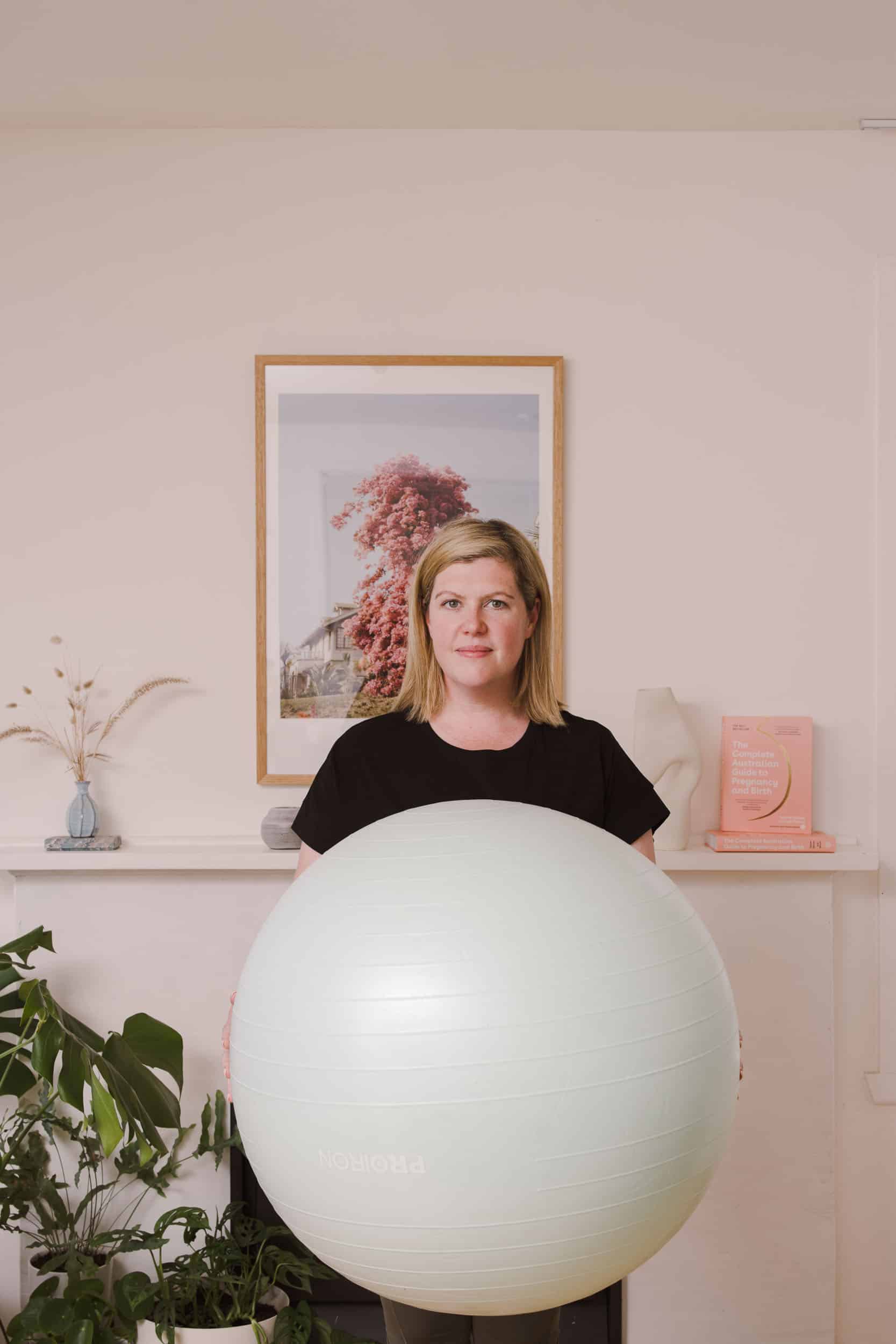Birth How To Choose A Birth Course
How To Choose A Birth Course

How to choose a birth class that’s right for you.
After five years of collating women’s birth stories, I’ve gained a clear insight into what women need to prepare for their birth experience, regardless of where or how they birth.
Proactive preparation is key but many women admit that they don’t know where to start when it comes to thorough, inclusive birth preparation classes.
What I do know is that gentle conversation with wise and educated practitioners is a wonderful way for us to learn. We can do so in our own time and in our own space when we’re relaxed and receptive and therefore, open to learning regardless of our fears or insecurities.
The Birth Class is here and it takes all the overwhelm out of birth preparation.
I have gathered a group of midwives, doulas, childbirth educators and yoga teachers who are highly skilled, passionate about birth and wholeheartedly believe in birth knowledge and active birth preparation. But mostly, they believe in the innate power of women. At the end of The Birth Class, I hope you believe in your own power, too.
The Birth Class is exactly what you need to prepare for your birth and your first days postpartum. It includes 9 audio modules, a comprehensive 80-page workbook plus breathwork and meditation MP3s.
It will guide you through every aspect of birth, including the stages of labour, the role of hormones and the skills that will assist you as you bring your baby into the world. I have chatted to midwives about birth interventions and pain relief options, Vaginal Birth After Caesarean (VBAC), caesarean births – both planned and emergency – and what you can expect during the first four hours after you have delivered your baby.
The Birth Class will help prepare you for your birth journey by:
Informing you about the Birth Process :
When you understand the physiological stages of labour and the way your body works to birth your baby, you’ll instantly feel less overwhelmed because you’ll know what to expect. By the end of the course, you’ll also know the signs of early labour, when to go to the hospital or the birth centre, the role of birth intervention and pain relief and the step-by-step process of caesarean birth as well as what happens after you have birthed your baby.
Inspiring you to Plan for your Birth :
When you have an understanding of birth you’ll be more inspired to actively plan for your birth experience. Regardless of where or how you birth, The Birth Class offers you key areas to discuss with your birth partner and your care provider. By taking responsibility for your birth experience and outlining your intentions, you are paving the way for a positive experience because you are informed and ready to advocate for yourself.
Informing and Inspiring your Birth Support Person :
A pregnant woman automatically feels more prepared for birth if she knows that her birth support person is informed and prepared. In the last weeks of pregnancy, during labour, birth and postpartum, you need someone to rely on; someone who knows what to expect from birth, understands your intentions, can advocate for you in times of overwhelm and offer practical and supportive guidance – physically, emotionally and mentally. The Birth Class was made for pregnant couples and their support teams.
Giving you Practical Skills to Birth :
Once you understand the stages of labour and birth, you can start to learn practical skills to pack in your birth kit including optimal maternal positions, active birth positions, breathing techniques, and the power of sound to relax the pelvic floor and soothe the nervous system and positive affirmations to encourage you when fear and doubt take hold.
Talking you through the Hours and Days After Birth :
It would be remiss of me to create a birth preparation class without including information on what happens once you’ve given birth. I’ve chatted to midwives about what happens after a vaginal and caesarean birth – everything from delayed cord clamping to blood loss and breastfeeding. I want you to know this information so nothing comes as a shock. Once you know, you can prepare.
Categories
Related Products
-
The Birth Class
108 reviews$249.00The empowering online childbirth education program that will help you confidently prepare for birth.
Get your copy of our Perineal Massage Guide in your inbox
Keep Reading
We think you might enjoy these articles
@AustralianBirthStories
Follow along with us
@AustralianBirthStories
Follow along with us
@AustralianBirthStories
Follow along with us
@AustralianBirthStories
Follow along with us
@AustralianBirthStories
Follow along with us
@AustralianBirthStories
Follow along with us
@AustralianBirthStories
Follow along with us
@AustralianBirthStories
Follow along with us
@AustralianBirthStories
Follow along with us
@AustralianBirthStories
Follow along with us
@AustralianBirthStories
Follow along with us
@AustralianBirthStories
Follow along with us








